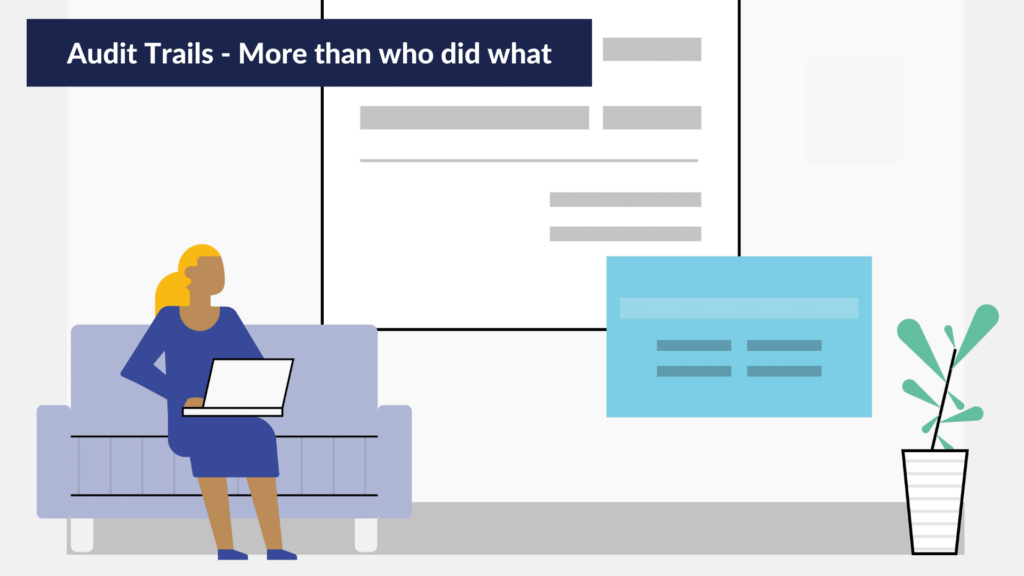
xECM Audit trails are not just for who did what, but a way to see the life cycle of a document. There are several factors within them that enable faster working, improved compliance oversight, increased collaboration and enhanced data integrity. Let’s look at some of the things that audit trails deliver, contribute to or are improved by implementing.
Access Controls
Implementing robust access controls within OpenText xECM ensures that only authorized individuals have appropriate access to sensitive information. This includes user authentication and role-based access control as well as sensitive data redaction. These will seem like obvious things to implement, but when done incorrectly the results are that people are slower in doing their job. If people cannot access everything they need to, they will always find a way around the system. This creates dark activity, not for any reason other than incorrectly assigning access. The audit trail of who has access to what needs to be obvious to speed up any audit process and support effective controls.
User Activity Monitoring
An audit trail needs comprehensive user activity monitoring within the xECM system. This involves logging and tracking user actions, such as document access, modification, and deletion. This offers the oversight of who is doing what, but also gives an extra level of support to know that a document or system change is listed and visible. That means if someone needs to trace a change, they can do it quickly and effectively. Perhaps perceived as a bit of a “big brother is watching” feature, it is actually a valuable asset for quickly understanding the life cycle of a document.
Data Integrity
Ensure data integrity by implementing measures to prevent unauthorized or accidental tampering or modification of documents and records. Features like digital signatures, document version control, and data encryption help to safeguard the integrity of information. By adding in extra levels, you can ensure the responsibility for data integrity is correctly apportioned and signed off. These parts of the audit trail allow an oversight of data, meaning you know you can trust it when you need it.

Record Retention and Disposal in ECM
We all need to adhere to regulatory requirements regarding record retention and disposition. xECM provides capabilities for defining retention policies, applying legal holds, and automating the destruction of documents according to predefined and approved schedules. Using this removes the manual intervention of document management which is responsible for many errors. In public sectors for example, there may be a permanent requirement to hold a record, the accidental mismanagement of this could be catastrophic. Understanding the audit trail of a document and its transition through potential approval processes is key to maintaining it.
Audit Trail and Reporting
xECM can provide audit trail functionality to capture and log critical system activities. This includes logging user actions, system changes, and access attempts. Review of these actions can spot irregularities, coupled with AI (Artificial Intelligence) and machine learning, this can be done regularly with no cost to resources. Pro-actively flagging suspicious activity in real time and highlighting possible mistakes to avoid accidental damage.
Compliance with Regulatory Standards
Each organisation must implement xECM according to their own specific regulatory requirements. There are however constants in the regulatory landscape, which audit trails support no matter what your industry. You may be looking to prove out controls in audit, support on-boarding processes for financial services clients, adhere to healthcare and pharmaceutical product test documentation requirements or any other industries related standards.
Employee Training and Awareness
Marketing the implementation of xECM internally is a powerful tool. Any system is only as good as its users and so investing here is vital. Although your implementation is aimed at making life easier, it doesn’t mean everyone wants to adapt how they work. Deeming any change to be difficult, some people will try and get around your processes to work in a way they perceive as quicker. If you can highlight the benefits effectively, you can get people to actively champion your processes and implementation.
About OpenText
Headquartered in Waterloo, Ontario, Canada, OpenText is a world leader in Information Management, helping companies securely capture, govern and exchange information on a global scale. OpenText solves digital business challenges for customers, ranging from small and mid-sized businesses to the largest and most complex organizations in the world.





